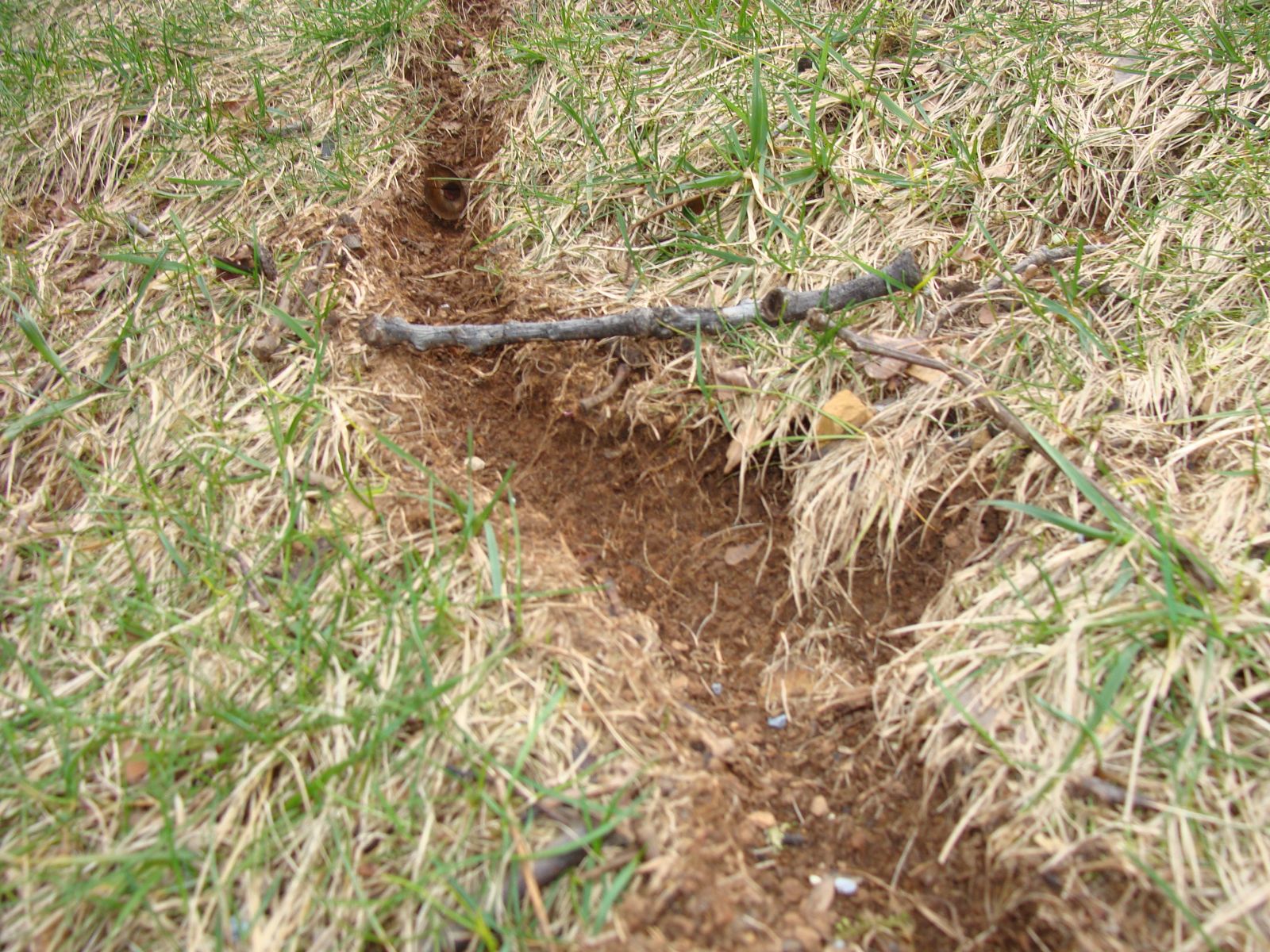Managing Vole Damage: Effective Control Methods
Managing Vole Damage: Effective Control Methods
Blog Article
Comprehensive Guide to Effective Vole Insect Control: Problem Recognition and Therapy Methods
In the realm of reliable bug control, vole infestations position an unique challenge that requires a critical method. By checking out the nuances of vole actions, comprehending essential indications of invasion, and evaluating a variety of control alternatives, one can establish a detailed method to deal with these elusive pests.
Understanding Vole Behavior
Vole actions is identified by their burrowing practices and rapid recreation rates, making them a tough insect to manage efficiently. These tiny rodents commonly create detailed tunnel systems underground, utilizing them for shelter, food storage space, and transport. Voles are herbivores, eating a variety of plants, lawns, origins, and light bulbs, which can trigger substantial damages to gardens, orchards, and lawns. Their fast reproductive price more makes complex control efforts, with women with the ability of creating several clutters in a solitary year, each containing several children.
Voles are most active during the morning and night hours, spending most of their time foraging for food. Their burrowing behaviors not just interrupt grass and yards yet likewise make them challenging to detect and eliminate. Comprehending vole habits is important for efficient insect control approaches. By recognizing their burrow places, checking feeding locations, and carrying out targeted control methods, such as trapping or habitat modification, vole problems can be handled effectively.
Signs of Vole Problem

Avoidance Techniques
Carrying out reliable avoidance strategies is vital in lessening vole infestations and guarding greenery from their devastating feeding behaviors (vole yard damage). To stop vole problems, it is important to begin by getting rid of possible food resources and shelter. Keep lawn and greenery trimmed short, remove weeds and particles, and maintain a tidy yard or yard to make the location less eye-catching to voles. Mounting obstacles such as hardware fabric or below ground fencing can additionally help discourage voles from getting in particular areas. Additionally, reducing excess wetness by taking care of leaking pipelines and ensuring appropriate drainage can make the atmosphere less congenial for voles.
Consistently inspecting the building for indicators of vole task, such as runways and tunnel openings, is critical for early detection and punctual activity. If vole task is believed, think about utilizing traps or repellents tactically positioned near their paths. Utilizing all-natural killers like serpents or owls can additionally assist maintain vole populations in check. By applying a mix of these prevention home owners, garden enthusiasts and techniques can successfully safeguard their plants from vole damages.
Non-Lethal Control Techniques
To effectively handle vole populations while focusing on humane methods, non-lethal control strategies offer sensible options for minimizing vole damage in yards and landscapes. These obstacles can be buried at least 12 inches deep and bent at a 90-degree angle to prevent voles from burrowing underneath.

Lethal Control Options
One efficient technique for resolving vole problems in landscapes and yards includes the strategic usage of lethal control options. When encountered with a serious vole infestation that non-lethal methods have fallen short to have, carrying out deadly control actions comes to be crucial. Overall, when employing deadly control choices, it is important to do so sensibly and in conformity with local regulations to effectively take care of vole problems.
Final Thought
In conclusion, efficient vole pest control needs an extensive understanding of vole actions, identification of indications of invasion, implementation of prevention strategies, and use of both dangerous and non-lethal control approaches. By incorporating these methods, people can successfully take care of vole populaces and shield their residential property from damages. It is important to deal with vole lawn damage vole infestations without delay to stop further issues and reduce the influence on the surrounding environment.
Given the detailed passage systems and fast recreation prices particular of voles, acknowledging the indicators of vole infestation comes to be necessary in reliable pest control. One of the main indicators of vole existence is the visibility of surface area runways or trails in turf or snow, commonly regarding 1-2 inches vast, developed as voles travel in between their burrows and food resources.To effectively take care of vole populations while focusing on gentle methods, non-lethal control techniques supply useful services for lowering vole damage in yards and landscapes.One effective approach for resolving vole infestations in landscapes and yards includes the critical use of dangerous control alternatives. vole lawn damage.In conclusion, reliable vole parasite control requires an extensive understanding of vole habits, identification of indicators of problem, execution of avoidance strategies, and utilization of both non-lethal and dangerous control approaches
Report this page